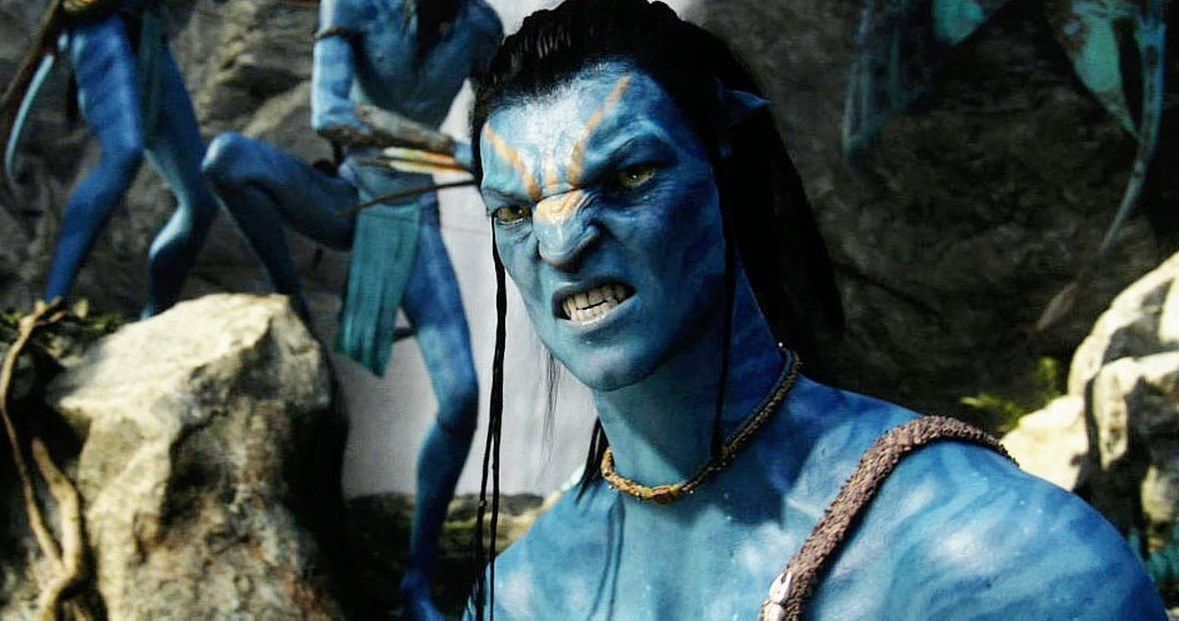We haven't gotten any concrete information on when director James Cameron plans to start production on his Avatar sequels Avatar 2, Avatar 3 and Avatar 4. We reported last month that actress Zoe Saldana was given a tour of the New Zealand sets they will use, with all three movies shooting simultaneously over a nine-month shoot, which is expected to cost $1 billion. Director James Cameron recently spoke with RTL, who said that he is still working on the scripts and the software, while teasing that they may shoot in a High Frame Rate (HFR).
Peter Jackson utilized the HFR technology, which shoots at 48 frames per second, as opposed to the industry standard 24 FPS, on The Hobbit: An Unexpected Journey, The Hobbit: The Desolation of Smaug and this year's The Hobbit: There and Back Again. When asked if he plans on implementing this new technique into his sequels, James Cameron had this to say.
"We're looking at high frame rate. I'm studying that. I haven't made a final decision yet, whether the entire film will be made at high frame rate or only parts of it. You know, we'll be shooting at a native resolution of probably 4K and so then there should be a lot of true 4K theaters by then as well."
The filmmaker brought on Josh Friedman (Avatar 2), Shane Salerno (Avatar 3) and Rick Jaffa and Amanda Silver (Avatar 4) to co-write the sequel scripts last August. James Cameron said that they are still in early stages of these follow-ups, with the scripts still being written while they work on developing new software.
"We're still in the early stages. Right now we're developing the software. I'm writing the scripts. We're designing all the creatures and characters and the settings, and so on. So, I'm not actually directing yet, but I'm doing all the other creative processes that lead up to that."
While he wouldn't give too many concrete details about the story for these sequels, he said that they will show the conflict between humans and the Na'vi of Pandora in fresh ways.
"I would say it's going very well. I think it's going to be spectacular. You'll see new worlds, new habitats, new cultures. The primary conflict between the human view of kind of dominating nature and the Na'vi view of being integrated into nature stays the same, but it manifests itself in very different ways."
2009's Avatar still holds the domestic record for the biggest box office gross of all time, taking in $760 million domestically and over $2.7 billion worldwide. That kind of success doesn't come overnight, though, as the filmmaker detailed the lengthy process of making the first movie, although it will be much easier with the sequels.
"The first film was conceived in 1995, but we didn't start production until 2005. The film actually took almost four years to make. We expect to be able to accelerate the process quite a bit, because we've improved a lot of the software and the computer graphics tools, and we've been working very closely with Weta Digital down here in New Zealand developing a whole new suite of tools to speed up the process."
James Cameron also said that he plans on giving fans something they won't expect with the sequels, now that they have set up the world of Pandora in the first Avatar.
"The thing that's great about 'Avatar,' is it's such a rich world, I can explore any theme or any idea that I want. Once you've got the characters that an audience loves, it's great to just surprise them and make changes and turns that they don't expect. And you don't have to spend so much of the movie setting up all that stuff, because the audience will remember from the previous film."

